Art Basel welcomes newcomers as art-world power shifts
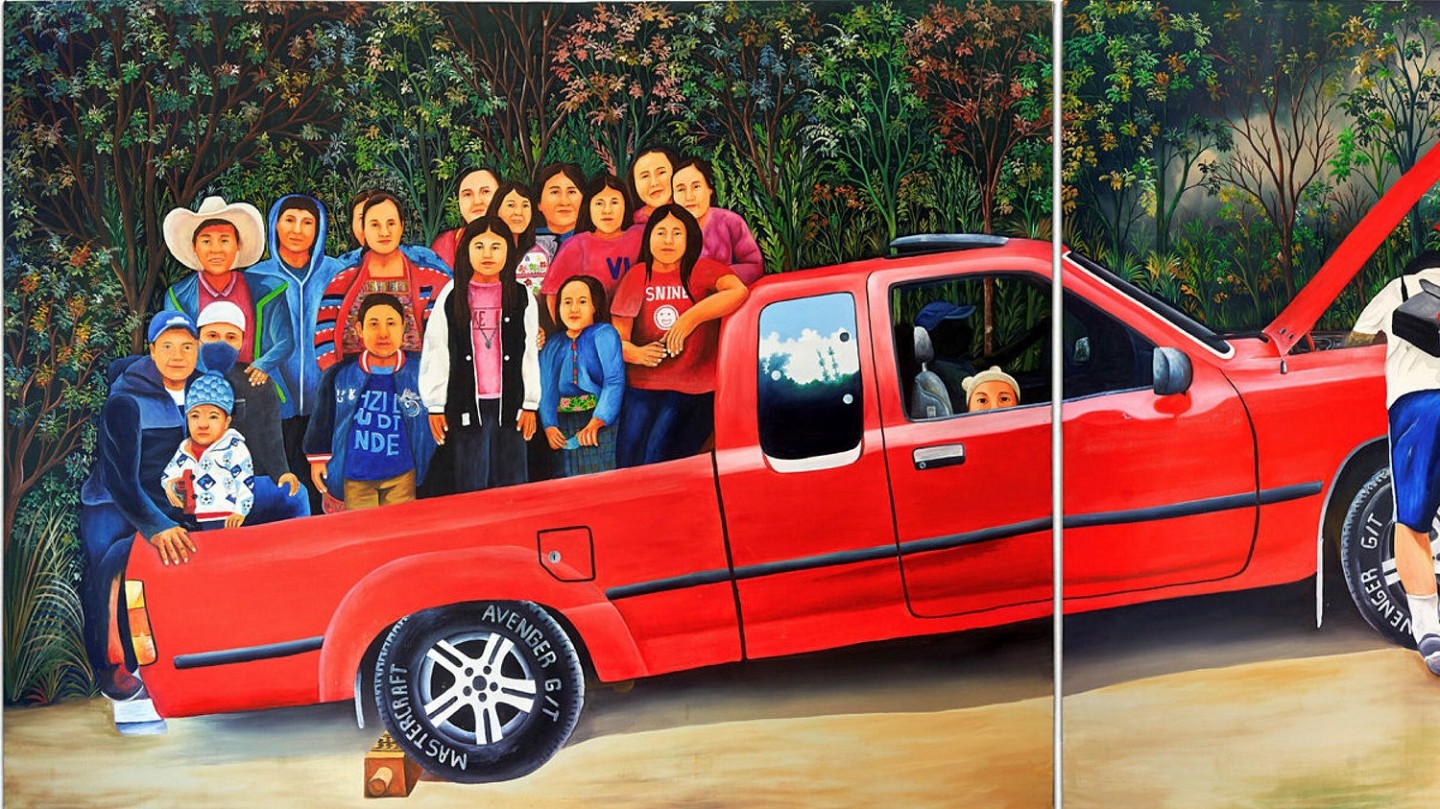
Roula Khalaf, Editor of the FT, selects her favourite stories in this weekly newsletter.
There is a welcome sense of normality at the reappearance of the Art Basel fair in its hometown next week. A 50-year staple until the pandemic struck, the past two years have witnessed cancellations and postponements, plus the logistics of vaccinations and testing, all of which have upset the art market’s reliable rhythms. Now the fair is back in its usual slot with 289 gallery exhibitors, a similar number to its 2019 turnout, and visitors from around the world ready to descend on the city’s Messeplatz.
But not everyone has been here before. This year, 19 galleries are new to the Swiss fair, while in the hallowed main section 26 are different from 2019’s line-up. The numbers are not huge in the scheme of things, but represent a shake-up for a fair that has long epitomised the conservative art market, with predominantly European and American art brought by western galleries.
Some of the changes reflect the accelerated Darwinian shifts in the gallery industry since the pandemic struck — for example, Salon 94 and Lévy Gorvy galleries are no longer separate entities but come in their combined form of LGDR. Some spaces, including Metro Pictures, closed down during the lockdowns.
Other dynamics have helped to refresh the make-up of the fair, says Marc Spiegler, Art Basel’s director. “One of the few positives that came out of the pandemic was that people in power took a hard look at issues such as structural racism. The fair took a hard look too,” he says. He doesn’t elaborate on the outcome of Art Basel’s soul-searching, but says that, in general, “suddenly there was more sympathy and empathy for people who had been ignored”. As a result, “galleries from places more peripheral to the art market felt that there was less of a financial risk of doing a fair such as Art Basel and less of a risk of showing, say, artists of colour as the market shifted more towards where it should be.”
The art market’s turn towards previously marginalised artists has been marked in recent years, in parallel with an institutional push towards rectifying their “pale and male” holdings.
At Art Basel this year, newcomers include two galleries from Africa — Jahmek Contemporary Art (Luanda) and OH Gallery (Dakar) — with others from Guatemala City (Proyectos Ultravioleta), Bucharest (Ivan Gallery) and Jeddah (Athr Gallery). In the Unlimited section for large-scale work — often the riskiest for a short-term selling event — there are also “more women, more artists of colour and more women of colour”, Spielger says. These include the Cameroonian artist Barthélémy Toguo (Galerie Lelong & Co), the young American Kennedy Yanko (Vielmetter Los Angeles) and 80-year-old Mary Lovelace O’Neal (Jenkins Johnson Gallery).
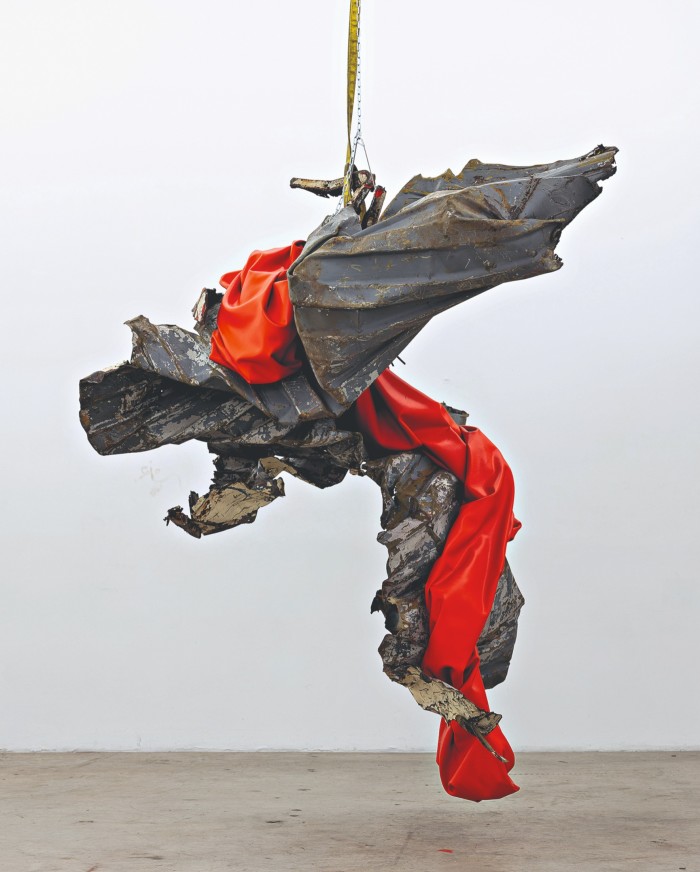
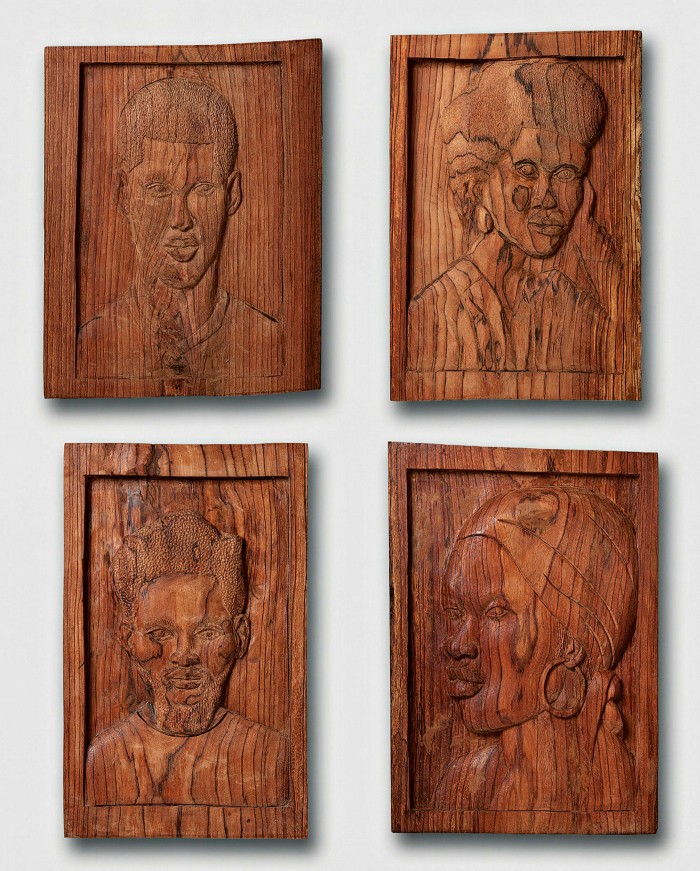
Proyectos Ultravioleta, founded in Guatemala City in 2009, applied to the Swiss edition of Art Basel for the first time this year and joins its Statements section for emerging artists. The gallery promises an immersive booth by the indigenous Mayan artist Edgar Calel, whose In Traces We Leave Over the Face of the Earth series are almost life-size paintings of day-to-day family scenes based around their red pick-up truck. Calel’s work was recently acquired by Tate, at the Frieze London fair — with the museum as a custodian of its rights rather than an owner. The acquisition “forced the museum and our gallery to reconsider the ways we can thoughtfully engage with works from different [intellectual traditions] than those from the west”, says Stefan Benchoam, director of Proyectos Ultravioleta. He describes Calel’s work as “somewhere between art, ritual and spirituality” (booth range $2,500-$35,000).
It’s not just the galleries from outside the art market’s usual periphery that are pushing the boundaries. Another newcomer, New York’s Nicelle Beauchene, brings work by the young, queer, black American photographer Elliott Jerome Brown Jr ($5,000-$16,000). “Art Basel is the most prestigious platform in the world for contemporary art and will be the first time Elliott’s work is shown in mainland Europe,” says Patrick Bova, gallery director.
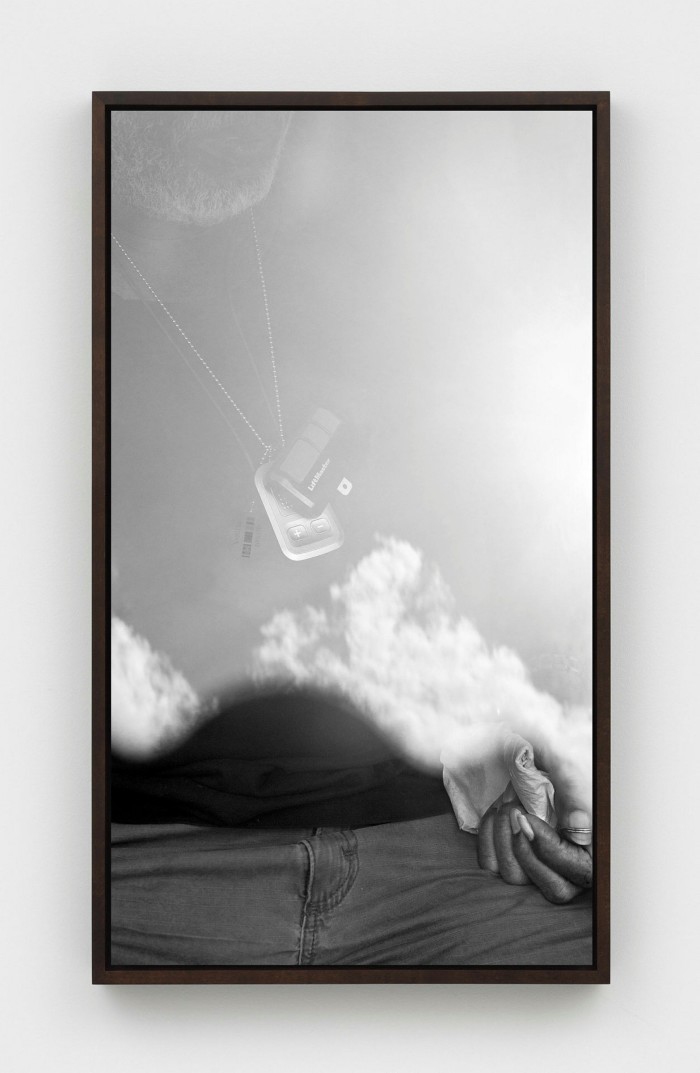
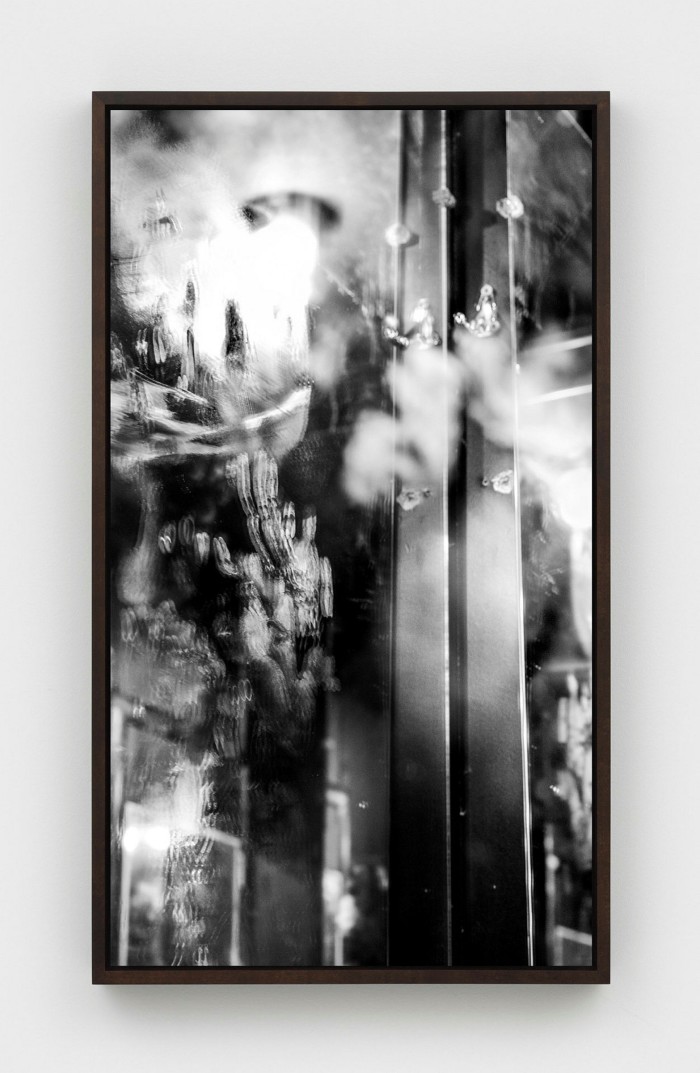
San Francisco’s Altman Siegel gallery comes back to the art-fair circuit for the first time since 2019, with a solo booth of the Bay Area artist Lynn Hershman Leeson. Gallery owner Claudia Altman-Siegel describes the artist as a “feminist pioneer” who has “been making art about technology and identity since 1965”. In conjunction with Bridget Donahue gallery, they bring work from Hershman Leeson’s early Water Women series, initiated in 1975, centred around the shape of a woman made from water droplets.
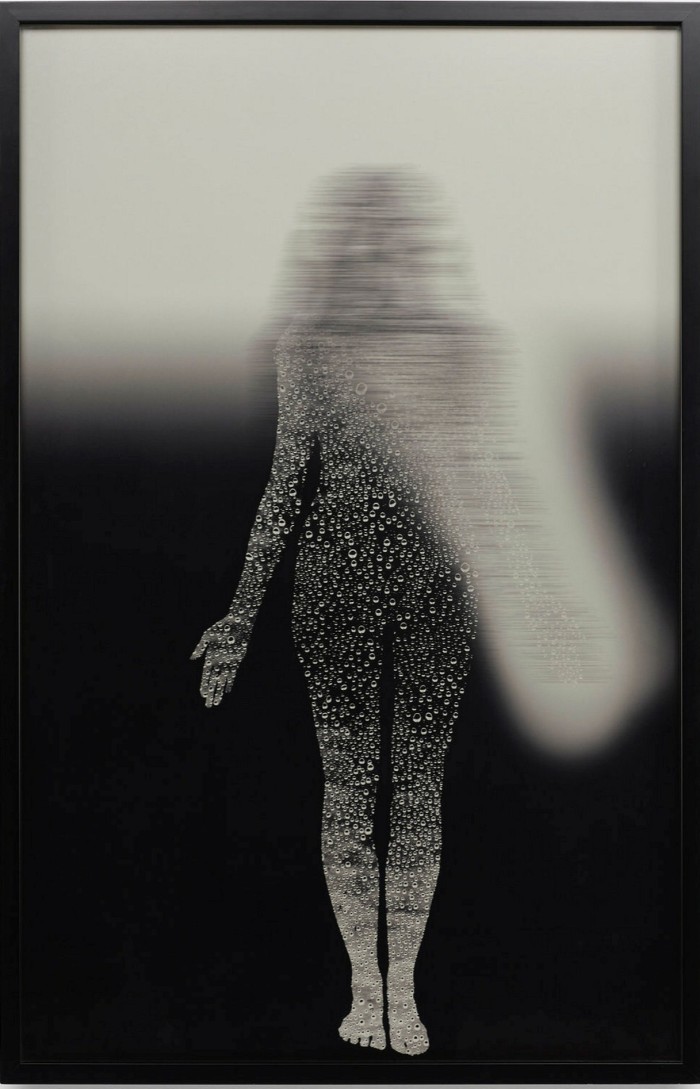
It is testament to the value of an art fair such as Art Basel that its newcomers take their inclusion so seriously. “Art Basel is the only fair that gathers so many people in the same place,” says the Antwerp gallerist Sofie Van de Velde. Another newcomer, she brings a solo showing of the late avant-garde Belgian artist Guy Mees to the fair’s Feature section (a collaboration with Daniel Marzona gallery) and a multi-part installation by the Dutch artist Folkert de Jong to Unlimited.
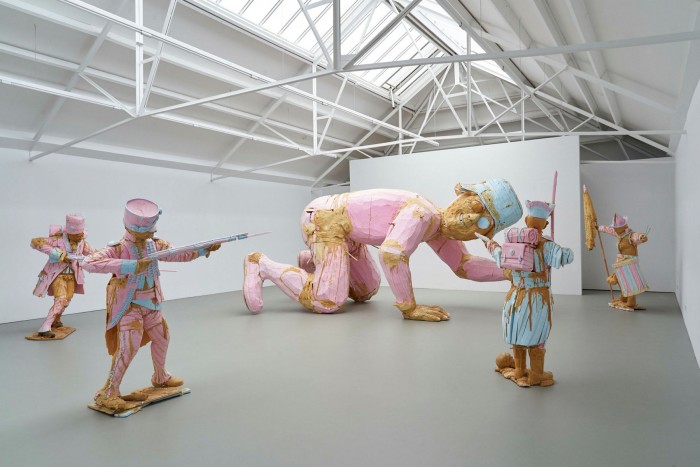
One newcomer, the Chicago- and Paris-based Mariane Ibrahim, among just a handful of black gallery-owners on the circuit, has made it straight through to the main section of the fair. “I sat quietly and waited for my time to come before I applied to Art Basel [in Basel],” she says. She brings a booth themed around the Blue Note jazz record label, with works that have elements of water, fluidity and the hue. Artists on show include the German-Ghanaian Zohra Opoku, Japan’s Yukimasa Ida and Ibrahim’s superstar artist, Ghana-born Amoako Boafo (booth price range $15,000-$350,000).
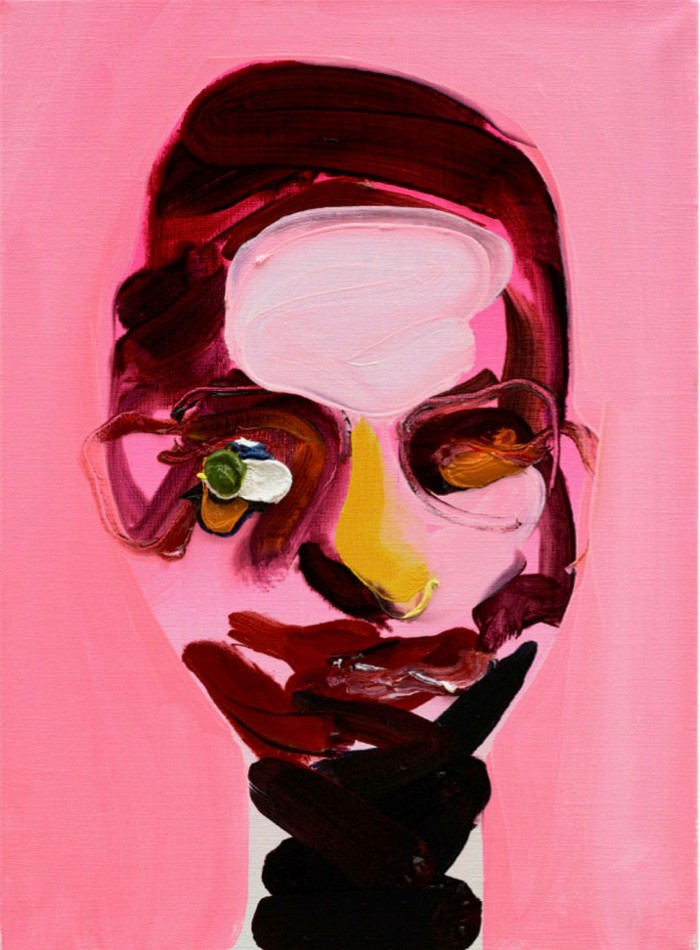
Ibrahim describes the Basel fair as “a currency for our artists”. She says: “Now I have been accepted, and we all have access to the same collectors, let’s just see if our booth will be on the right side of the market. I wanted to be in the race, it’s up to me whether I win or lose. And I am going to bring my A-game.”
June 13-19, artbasel.com
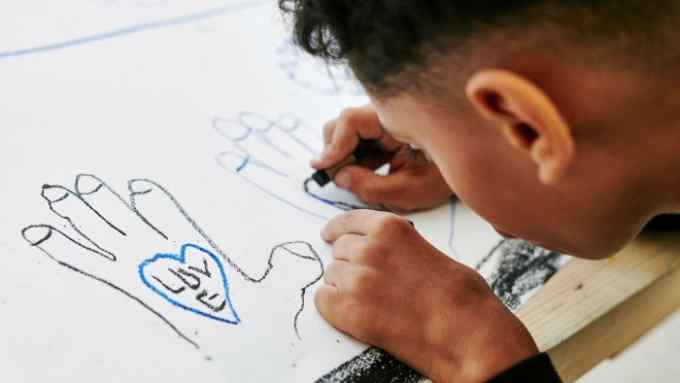
Comments